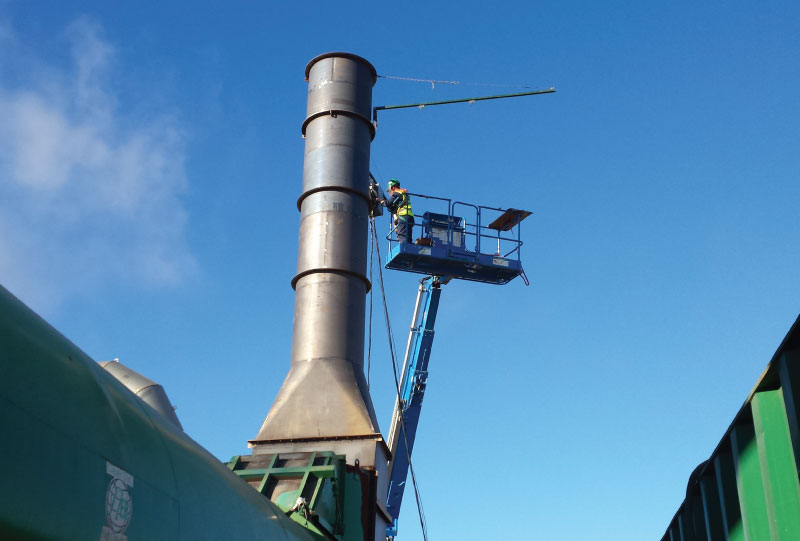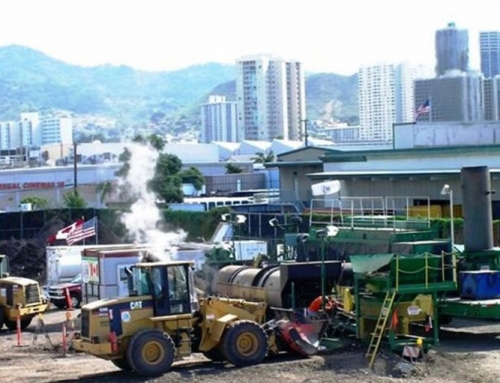Nelson Environmental Remediation Ltd. can be counted on to complete a project on time and in the case of their 2011 Red Earth soil remediation project, staff were able to finish one month ahead of schedule.
Nelson was hired for the $2.6 million project by Plains Midstream Canada ULC (PMC) out of Calgary to remediate soil contaminated by a break near “Mile Post 188” of the pipeline. The goal of the project was to treat the petroleum impacted soil to below CCME Petroleum Hydrocarbon criteria, and to minimize the amount of soil PMC was sending to landfill. Utilizing Nelson’s unique low-temperature thermal desorption soil remediation technology, staff excavated and processed 34,000 tonnes of soil throughout the project’s life, which ran from July-November 2011. Prior to the start of the project, the anticipated completion date was set for December.
Initial mobilization and project setup activities began in early August 2011 with complete project commencement underway later that month. By late October, 30,000 tonnes of PHC-impacted soil had been excavated, prepared and thermally-treated, meeting cleanup criteria. By mid month, PMC informed Nelson that with its help the project had been accelerated and that the project would be completed by mid November.
The initial estimate of soil needed for remediation was 50,000 tonnes, but as the project progressed, the total came in at 34,000 tonnes.
Like their largest completed project in Edson in 2010, the process eliminated the need for import backfill from off-site and the need for thousands of truckloads of contaminated soil destined for an Alberta landfill.
The functional design of the system was to remediate soil contaminated with non-recycled distillate petroleum hydrocarbons including gasoline, jet fuel, diesel, polynuclear aromatic hydrocarbons, as well as solvents, by rapidly volatizing these products from soil, then thermally destructing them in the oxidation system. The major mechanical components of the unit consisted of: a control house, a soil feed system (including a weigh scale), a rotary drum desorber, a treated soil handling system, a baghouse filtration system, and a thermal oxidizer. Auxiliary systems include fuel, air and water delivery systems and a process control, monitoring and interlock system.
As contaminated soil was excavated, it was spotted or transported to Nelson’s designated location and screened (6’ x 21’ McCloskey) for homogenization of material and elimination of wood, rock and other debris. Screened soil was then utilized to feed the Thermal Desorption Unit (TDU) operation. As treated soil exited the TDU, a treated soil loader returned the decontaminated soil to a holding area, where typically 1,000 tonne piles were stored and awaited analytical confirmation. All the samples were deemed cleaned and returned to the designated backfill areas to be used as beneficial reuse.
Crews worked 24/7 with two, 12-hour shifts consisting of three to four thermal desorption unit operators in addition to excavation and material preparation crews.
The site was located on forested land and Nelson was tasked with the preparation of all material associated with the remediation project.
The completion of the project also resulted in PMC successfully applying for a Reclamation Certificate in Alberta. Levelling of the land and reclamation was completed by PMC during the summer of 2012.








